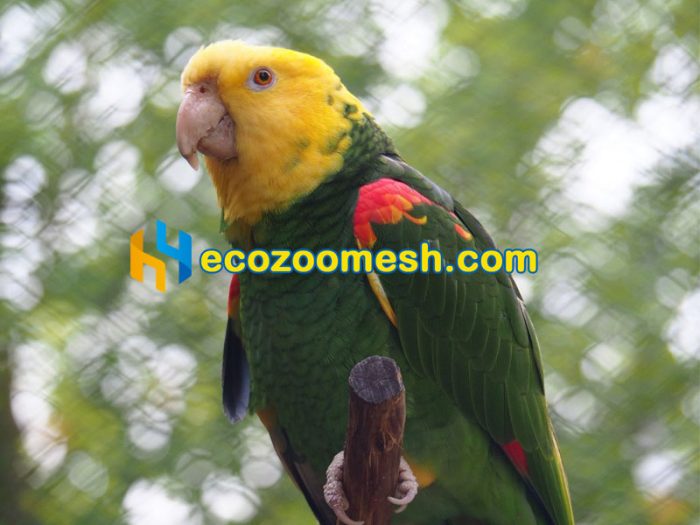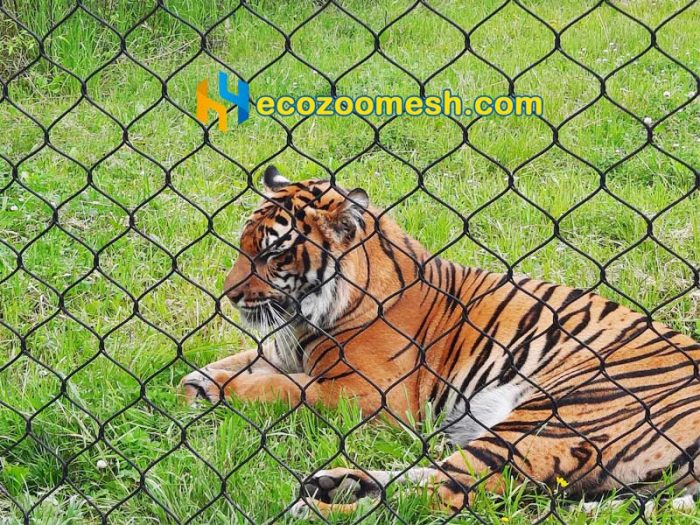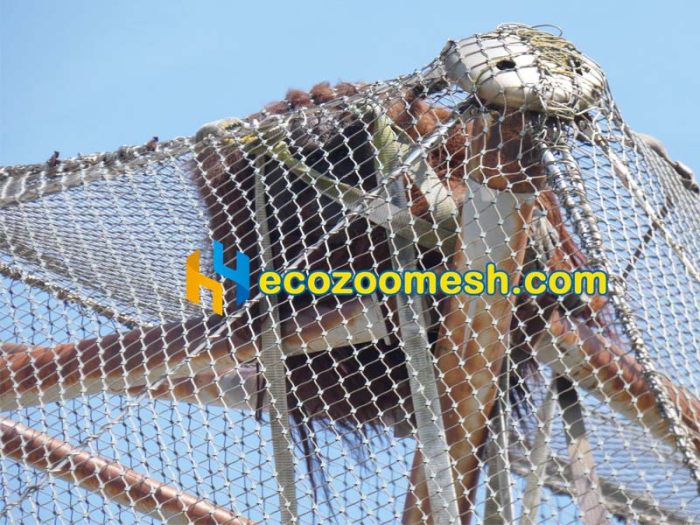Medium Cat Exhibits Netting

Rotational Exhibit Fence Mesh Shipping Before The Year of Snake
2025-01-24
Mixed Macaw Aviary Mesh Order – Eco Zoo Mesh Helps Protect Parrots In Central America
2025-02-13Medium Cat Exhibits Netting
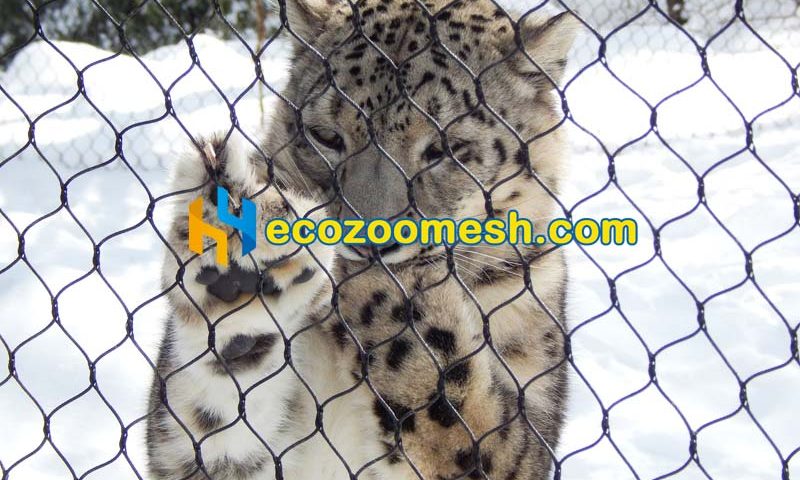
Zoos medium cat exhibit netting
In addition to large cats, there are some medium-sized cats that are very popular in zoos. They are not as ferocious as lions and tigers, and have more of the agility and cuteness of kittens. However they are still ferocious carnivores. Therefore a safe medium cat exhibits netting fence is very necessary.
Hengyi Metal Ecological Mesh produces stainless steel rope netting as medium cat exhibits netting for safety and durability. The see-through feature of stainless steel rope netting, as well as its flexible adaptability, makes all creative designs possible.
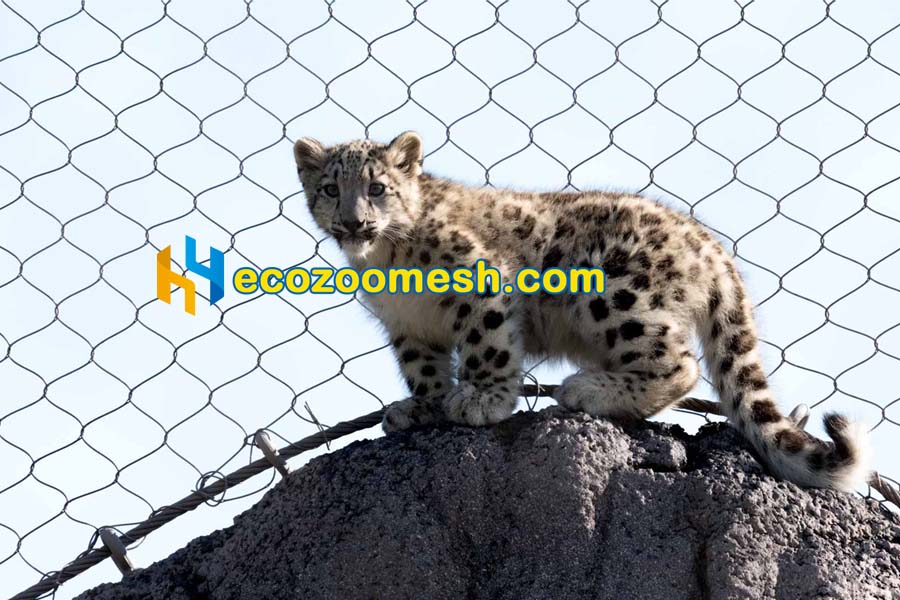
In zoos, what are the medium-sized cats included?
In zoos, medium-sized cats are typically wild cat species that are not as large as lions or tigers but still have significant size and power. Some of the medium-sized wild cats that you might see in zoos include:
Cheetah – The fastest land animal, weighing between 110 to 140 pounds, making them medium-sized compared to big cats like lions and tigers.
Leopard – With a strong build and spotted coat, leopards usually weigh between 65 to 100 pounds.
Jaguar – Jaguars are a bit bulkier and stronger than leopards, with males generally weighing 100 to 250 pounds, but still fall in the medium-large range.
Caracal – Known for their tufted ears, caracals are sleek and powerful, typically weighing 20 to 40 pounds.
Lynx – Medium-sized cats with short tails and tufted ears, such as the Eurasian lynx or the bobcat. They typically weigh between 20 to 60 pounds, depending on the species.
Serval – A slender and tall wild cat with long legs, the serval weighs between 20 to 40 pounds and is known for its ability to leap high distances.
Ocelot – A smaller wild cat, but still medium-sized in comparison to domestic cats, weighing between 18 to 35 pounds.
Puma (Cougar/Mountain Lion) – While often considered large, pumas are actually medium-sized compared to lions and tigers, with a weight range of 80 to 160 pounds.
These wild cats are often found in medium cat exhibits netting zoo exhibits and play a key role in conservation efforts for endangered species, as well as educational programs about predators in the wild.
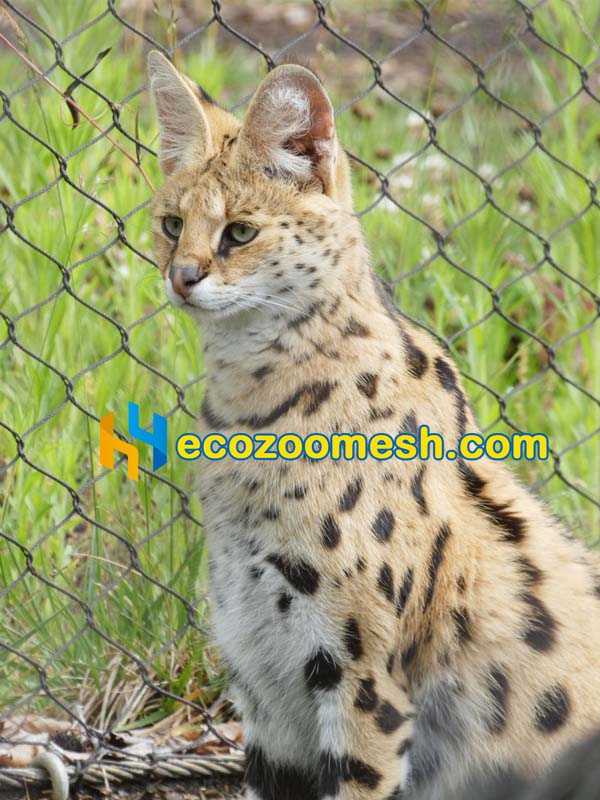
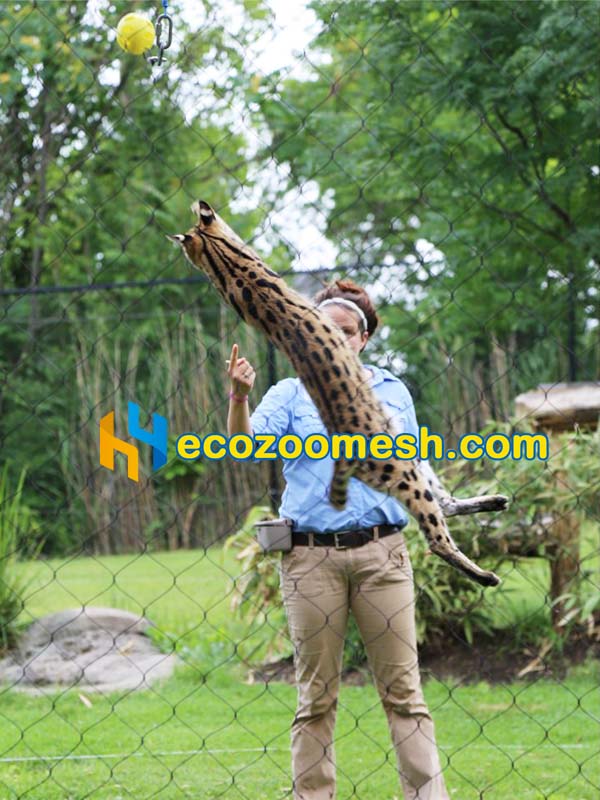
What are some things to keep in mind when designing a medium cat exhibits netting fence?
When designing a netting fence for a medium-sized cat exhibit in a zoo, we need to consider the safety and comfort of the cats, as well as the visitors’ experience. Several factors need to be considered to ensure both these aspects. Please keep in mind below important things:
The netting should be enough strong and durable.
Material: Choose strong materials like high-tensile steel wire, heavy-duty nylon, or polypropylene. These materials should be resistant to tearing, biting, and scratching, as medium-sized cats can be powerful and may attempt to escape or damage the netting.
Mesh Size: The mesh should be small enough to prevent the cats from squeezing through or getting stuck. Generally, the mesh size should be no larger than 2 inches by 2 inches (5 cm by 5 cm) to prevent escapes.
Medium cat exhibits netting should have sufficient height.
Sufficient Height: Medium-sized cats can jump high, so the netting should be tall enough to prevent them from jumping over. A height of at least 12-15 feet (3.5-4.5 meters) is recommended for most species.
Sloped Top: To prevent climbing or leaping over, consider adding a sloped top to the enclosure. This can deter cats from trying to scale the walls by making it difficult or uncomfortable to climb.
Stability and Anchoring
Anchoring: The netting must be securely anchored to the ground or to supporting posts to avoid collapse. Especially if the cats try to climb or apply force on the netting.
Support Posts: Use strong, weather-resistant posts that are firmly placed in the ground. These should be spaced adequately to avoid sagging in the netting.
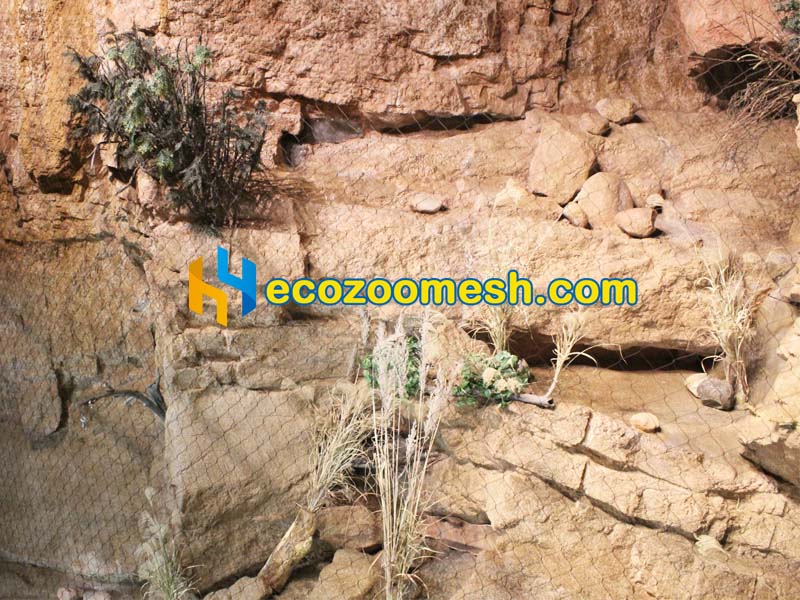
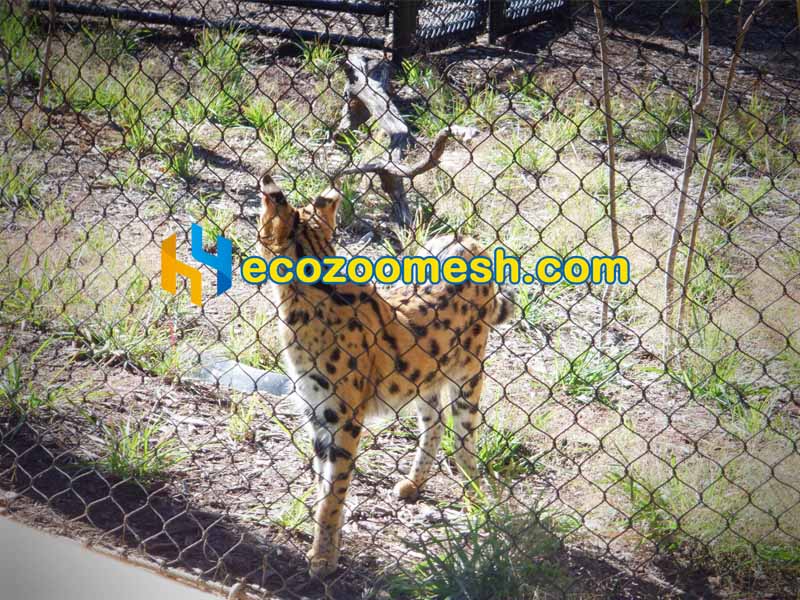
The fence need to do escape-proof design.
Double Layer: In some cases, a double-layer netting system can be used, with a gap between the layers. This prevents cats from squeezing through small gaps in the netting or trying to pull it apart.
Bottom Fencing: Ensure the medium cat exhibits netting or fence extends underground or has a solid barrier at the bottom to prevent the cats from digging or burrowing out.
Vertical Bars or Wire at the Base: You can use vertical bars or small, closely spaced wire mesh along the base to prevent cats from crawling under or sneaking out.
Great Visibility for Visitors
Clear Viewing Areas: The netting should be designed in a way that provides clear visibility for visitors without compromising safety. This might mean using a transparent or minimally obstructive netting material, or designing the exhibit with viewing platforms that provide better angles.
Avoiding Distortion: The netting should be installed in a way that minimizes visual distortion or interference. It is ensuring the cats are visible without distracting lines or holes.
Can be integrated into the natural environment
Natural Elements: Cats appreciate environmental enrichment, so the exhibit should include climbing structures, trees, rocks, and shelters for the cats to explore. Ensure the netting does not interfere with these natural elements.
Weather Resistance: The netting material should be resistant to weathering, UV degradation, and rusting, particularly in outdoor exhibits exposed to the elements. Use weather-resistant coatings and materials to extend the lifespan of the netting.
Blending with the Environment: The medium cat exhibits netting fence should blend into the natural environment of the exhibit as much as possible. Use colors that match the habitat and make the structure less visually obtrusive.
Ethical Enclosure Design: Consider how the netting and enclosure design contributes to the mental and physical well-being of the cats. The exhibit should encourage natural behaviors and respect the cats’ needs for territory, stimulation, and enrichment.
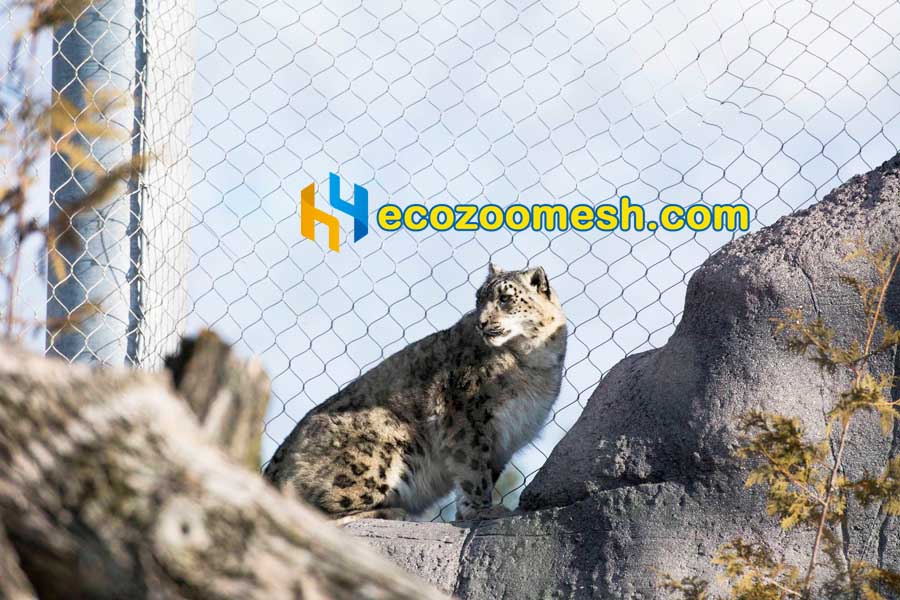
Comfort and Safety for the Cats
Space to Roam: The enclosure should be large enough to give the cats plenty of room to roam, climb, and exhibit natural behaviors. This might involve creating multiple vertical levels or platforms.
Escape Routes and Hiding Spots: Provide safe, hidden areas where the cats can retreat if they feel stressed or overwhelmed. These areas will also offer enrichment opportunities for natural behaviors like stalking and hunting.
Keep cleaning and security
Ease of Access: Design the netting so it’s easy to maintain and clean. This may involve having sections that can be opened or adjusted for cleaning, as well as keeping the mesh material resistant to dirt buildup.
Inspection: The design should allow for regular inspection of the netting and surrounding structure to identify wear and tear or possible security weaknesses before they become a problem.
Barrier Protection: Ensure that the netting or fencing does not allow visitors to reach through or interact too closely with the cats. The exhibit should have additional barriers if needed to keep humans safe while providing a good viewing experience.
By keeping these factors in mind, you’ll create a secure, functional, and enriching environment for the medium-sized cats. While ensuring the safety and enjoyment of the visitors.
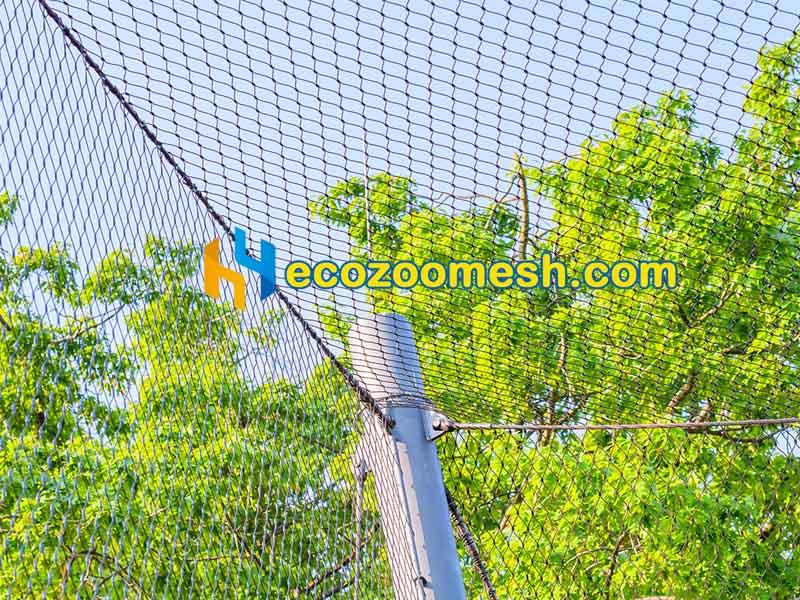

Hengyi Metal Ecological Mesh provides you the customized medium cat exhibits netting materials.
Stainless steel woven wire mesh and ferrule wire mesh are our products. With decades of experience and technology, we control the quality from raw materials. Stainless steel rope mesh is sold to Europe and America and meets international standards. If you need, please contact us directly to get the latest quotation and free samples.
Hengyi Metal Ecological Mesh
Email: [email protected] / [email protected]


